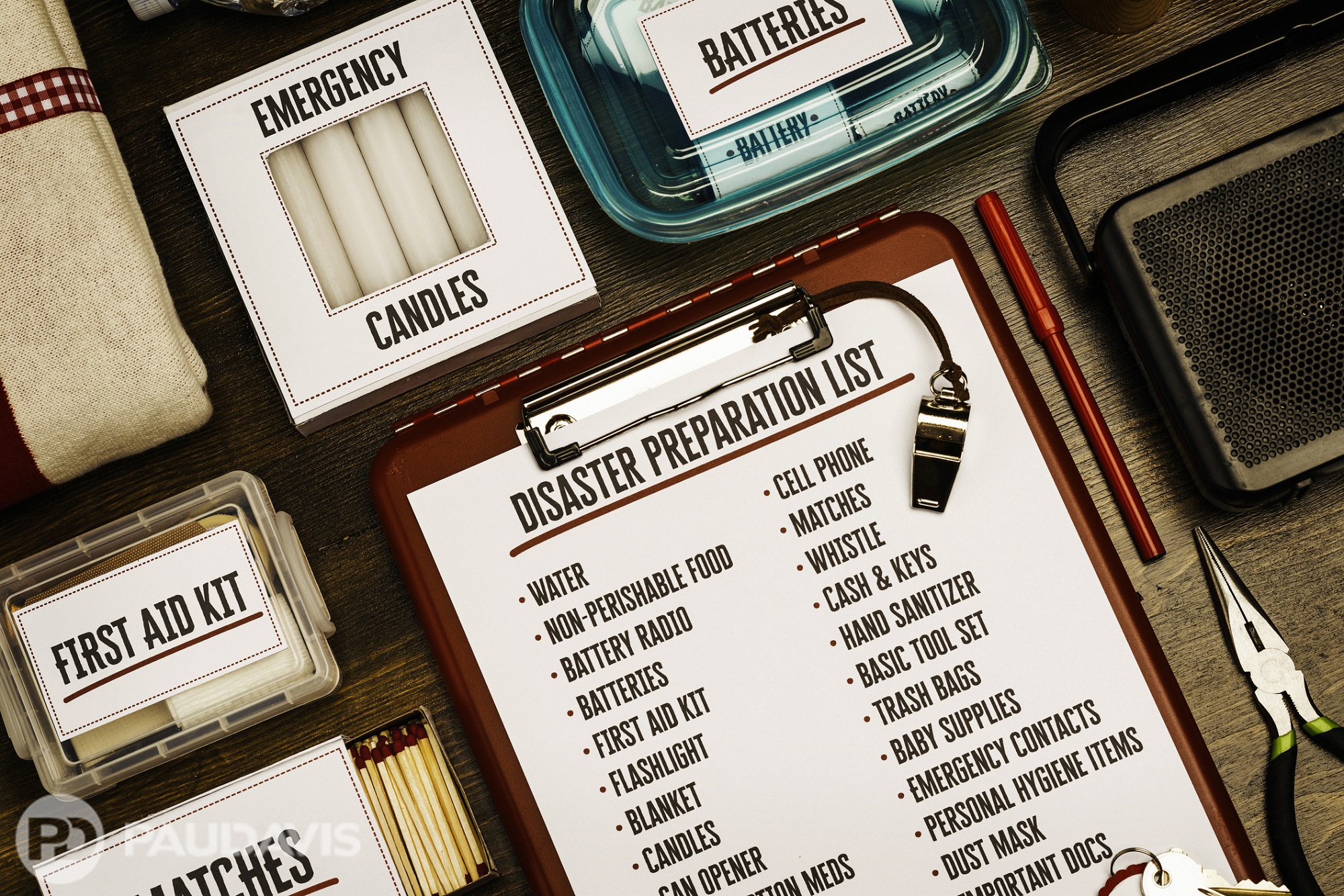
As September arrives, we anticipate new seasonal events while thermometers moderate and leaves turn. Paul Davis urges everyone to prepare for unanticipated events, too: disasters.
“Preparing for disasters is protecting everyone you love,” advises Leslie Anderson, Vice President of Training, Paul Davis Restoration, Inc. “As we all get back to school and return from summer vacations, now is a great time to take a few hours and create emergency plans for your household and loved ones. Preparation is, hands down, the most effective step you can take to limit damages if and when disaster hits.”
Anderson ticked off a list of steps and resources to help families plan.
“Start by discussing important questions. The answers help personalize your plan to fit your household.”
- How will my family receive alerts in an emergency?
- How will I communicate with my household, extended family and other important people in our lives?
- Where will I shelter if we have to leave our home?
- What is my evacuation route to a shelter?
- Is my emergency kit ready?
- How will I handle COVID precautions?
- Which family members have specific needs for help?
“Next, prepare a family emergency plan.”
- Anderson notes that the Canadian government offers excellent resources for creating comprehensive plans. Instructions are found here.
- Here is Paul Davis' Family Emergency Plan documentation you can fill out with your family so everyone knows the plan if an emergency were ever to happen.
“After completing your plan, prepare an emergency kit.”
- Anderson finds that the Canadian government also provides an excellent guide to emergency kit preparation. Instructions are found here.
- Record the kit’s location in your emergency plan.
“Next, practice the emergency plan and adjust as necessary.”
- Make sure your emergency plan is practical, the data it cites are correct and all steps function as expected.
- Hold regular household meetings to review the plan and update it as necessary.
“Finally, put your emergency plan in a safe spot and in good hands.”
- Put the plan in an accessible place and ensure that all household members know how to access it.
- Share the plan with important people so they know what to expect if your family experiences a disaster.
Research shows that just one in 10 Canadians have taken steps to reduce risks to their homes and families posed by a weather-related emergency or natural disaster. Paul Davis urges people to prepare now as weather worsens and climate change continues. “Paul Davis is ready to help – whether you need assistance getting ready or recovering from a disaster that struck despite best-laid plans,” Anderson concludes.
